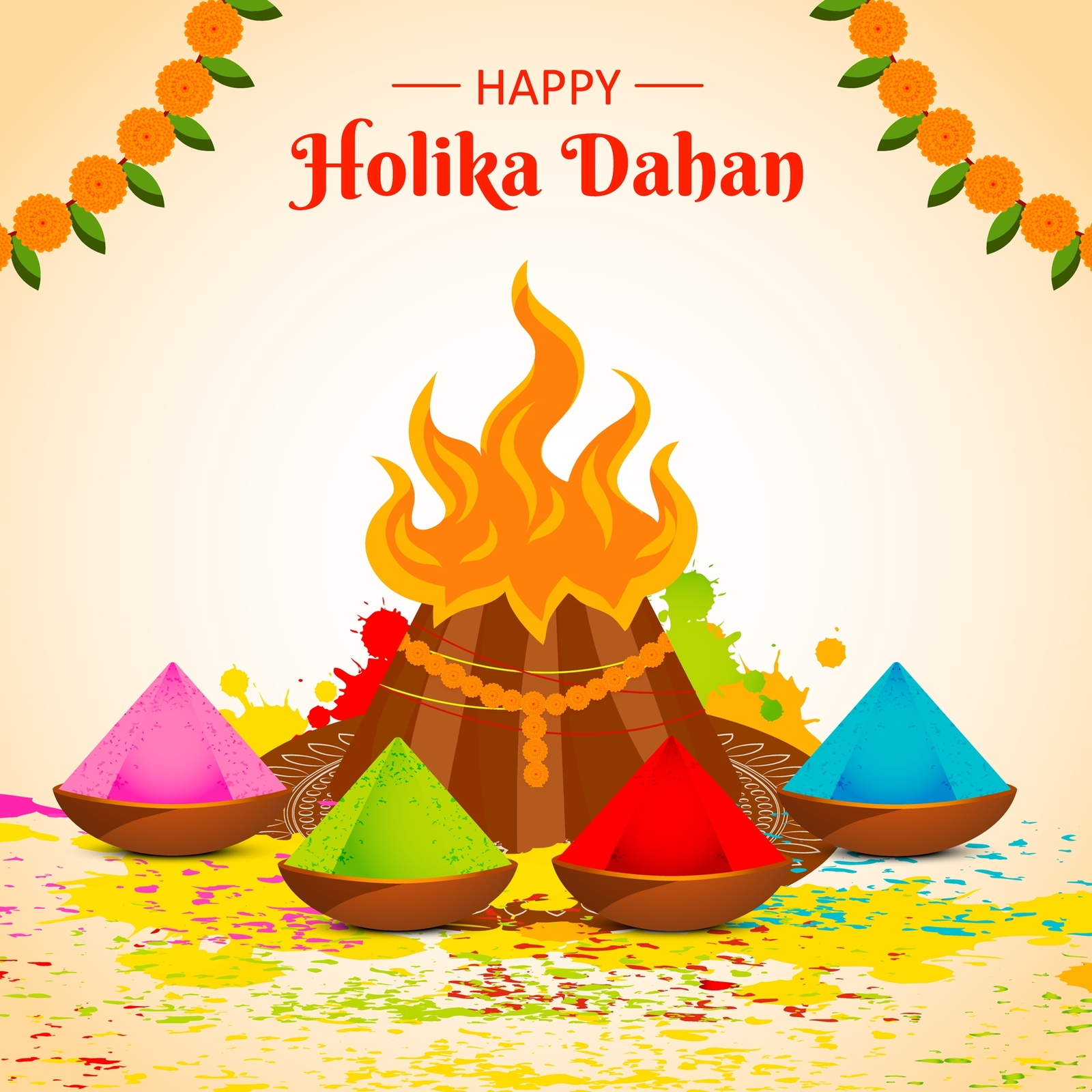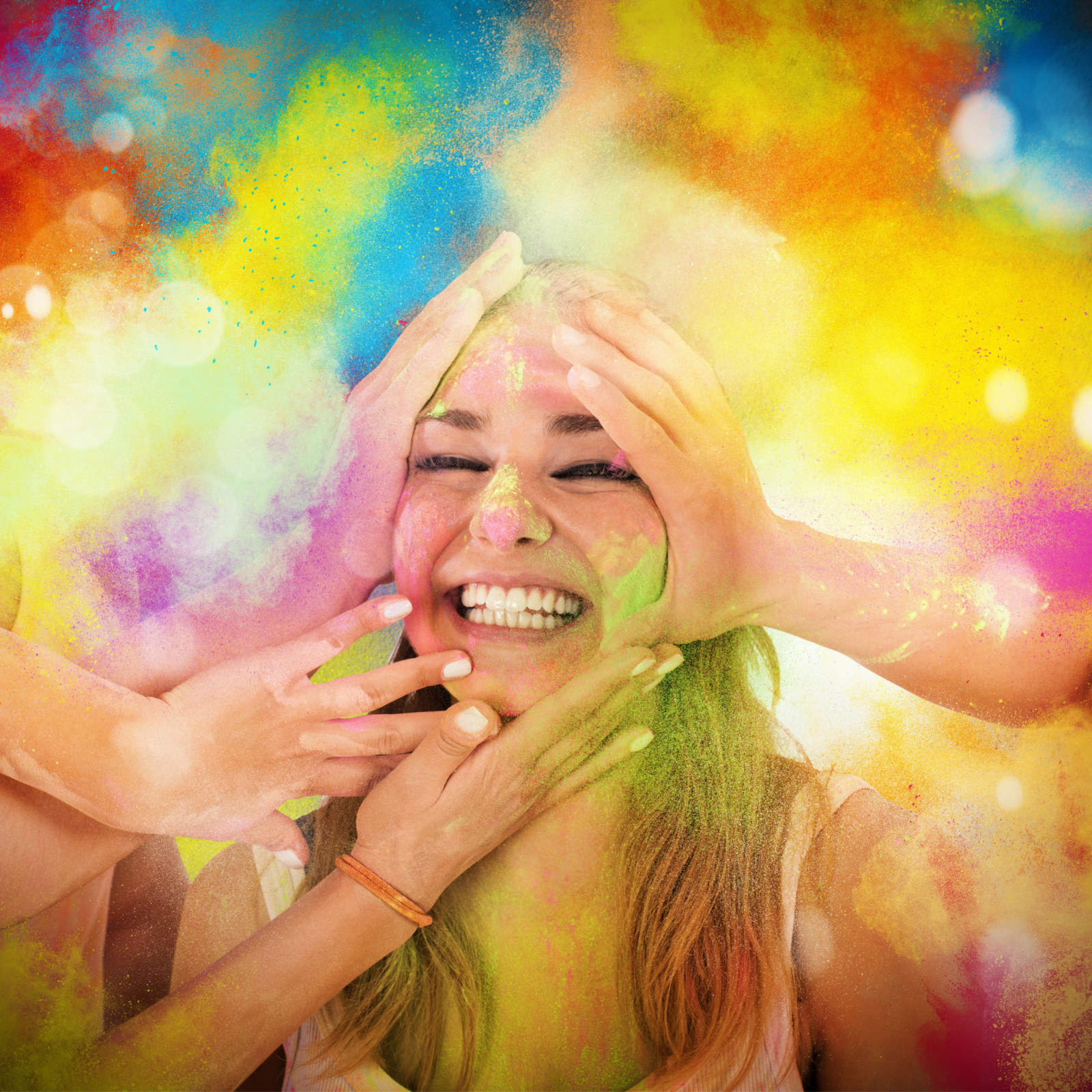Holi 2024: Puja Timings, Rituals, History and Significance

Learn about the cultural and religious significance of Holi through its history. (Image: Shutterstock)
Explore the rich history and cultural significance of Holi 2024, including its rituals and puja timings, to gain a deeper understanding of this colorful festival.
Holi, a vibrant explosion of colour, isn’t just a festival; it’s a cherished tradition that holds a special place in the hearts of millions across India and the globe. As one of the biggest festivals on the Hindu calendar, following Diwali, Holi transcends religious boundaries, bringing communities together in a joyous celebration of spring and the triumph of good over evil.
ALSO READ: Happy Holi 2024: Best Wishes, Images, Messages and Quotes For Your Loved Ones
Festivities with A Flourish
Holi’s vibrancy is particularly amplified in the Braj region, encompassing Mathura, Vrindavan, and Gokul, where unique rituals and traditions unfold. On the other hand, the Lathmar Holi in Barsana, Uttar Pradesh, is another iconic celebration known worldwide.
The Rhythm of Holi
The festivities kick off with Holika Dahan, a symbolic burning of bonfires signifying the victory of good. The following day marks the main event, where people playfully drench each other in vibrant colors and water, creating a joyous, colorful chaos.
As Holi 2024 approaches, let’s delve deeper into the date, time, rituals, history, and profound significance this festival holds in India.
Holi 2024 Date
Every year, Holi is observed on the full moon day of the Falgun month. In 2024, the festival will be celebrated on Monday, March 25. The eve of Holi, known as Holika Dahan or Choti Holi, will be observed on Sunday, March 24.
Puja Timings for Holi 2024 Festivities
As per Drik Panchang, the auspicious time for Holi begins on March 24 at 09:54 AM and concludes at 12:29 PM on the following day.
Holi 2024: Rituals
- Performing rituals at the correct time is crucial to avoid misfortune and suffering.
- The Holika Dahan ritual is conducted on the first day of Holi using a pile of wood.
- The items required for the puja include a bowl of water, cow dung, unbroken rice, agarbatti, flowers, raw cotton thread, turmeric pieces, moong, batasha, gulal and a coconut.
- Cotton threads are tied around the wood and Ganga water is sprinkled along with flowers.
- The Holika Dahan structure is then worshipped using the mentioned items.
- After completing the puja, the wood is lit, symbolising the burning of ego, negativity and evil from one’s life.
Exploring the History of Holi Festival
Holika Puja holds a significant belief that by performing this ritual, one can ward off various fears. It is believed that Prahlad, a devotee of Lord Vishnu, was saved from the evil plans of his father, Hiranyakashyap. Holika, Hiranyakashyap’s sister, who is immune to fire, attempted to use her powers to harm Prahlad.
However, the divine intervention of Lord Vishnu led to Holika’s destruction in the fire. This victory is celebrated on the first day of Holi. In places like Mathura and Vrindavan, the festival is also considered a celebration of the love between Lord Krishna and Radha.
Understanding the Significance of Holi 2024
The Festival of Colours is celebrated in March during the spring season. It symbolises the victory of good over evil. During Holi, people set aside their differences and come together to celebrate. The festival is played by throwing colourful powders and water. It is also a time of laughter, and music, as communities unite to celebrate the day.
Holi FAQs
When is Holi?
Holi is celebrated on the full moon day of the Hindu lunar month Phalguna, which typically falls in February or March. In 2024, Holi will be on March 25.
What is the story behind Holi?
There are two main narratives associated with Holi:
- Prahllad and HiranyakashipuThis legend tells the story of a demon king, Hiranyakashipu, who wanted everyone to worship him. His son, Prahlad, remained devoted to the god Vishnu. Hiranyakashipu’s sister, Holika, tried to burn Prahlad in a fire, but she perished instead. Holi celebrates the triumph of good over evil.
- Kamadeva and ShivaIn some traditions, Holi is linked to the god of love, Kamadeva, who awakens Shiva from his deep meditation with an arrow. This signifies the return of spring and fertility.
How is Holi celebrated?
Holi is a joyous and vibrant festival. Here are some key aspects:
- Holika DahanThe eve of Holi involves lighting a bonfire to symbolize the burning of Holika.
- Throwing ColoursOn the main day of Holi, people throw colored powders and water at each other. This signifies the playful spirit of the festival and breaking down social barriers.
- Food And DrinksSpecial sweets and drinks like Thandai are prepared and shared during Holi celebrations.
4 Interesting Facts About Holi
- Holi is a public holiday in India and many other countries with a significant Hindu population.
- The colours used during Holi are usually natural and safe for skin and eyes.
- Wearing old clothes is recommended as they can get stained with color.
- Holi is a time for forgiveness, letting go of grudges, and celebrating new beginnings.

